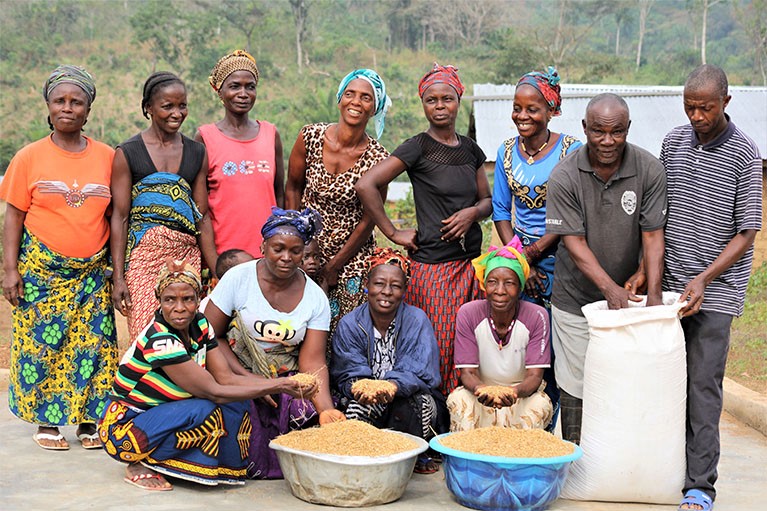Due to the negative perception of disease outbreak, poor environmental waste management practices, Liberians habitually getting medication from drug stores or pharmacies before going to hospital for medical checkers, among others, the health system of the country is undergoing enormous challenges in battling out Lassa Fever.
Lassa Fever is an animal-borne or zoonotic, acute viral illness spread by the common African rat. It is endemic in parts of West Africa, including Sierra Leone, Liberia, Guinea and Nigeria. It was first reported in the town of Lassa, Borno State, Nigeria, in 1969 after it killed two missionaries. Its subsequent outbreaks occurred in Sierra Leone and Liberia in 1972 and led to the CDC setting up a research program for Lassa Fever in Sierra Leone in the mid-1970s, but closed down when the researchers fled during the civil war.
Since 1972, when a Lassa Fever epidemic occurred in Curran Lutheran, Zorzor, Lofa County, Liberia, it has, for the first time recurred this year, and has affected several counties. With the health level, which ranged from national, county, district and community, Liberia has 865 health facilities, 471 public and 346 private; 36 hospitals, 67 health centers, 768 clinics, 33 faith-based health facilities and 13 concession health facilities, according to Tracy N. Pency, Technical Officer in Stop Spillover’s Risk Analysis and Communication Resources Hub.
Lofa, Grand Bassa, Margibi, Nimba and Bong counties have been affected since the outbreak of the inimical disease this year. According to Vivian Lymas Tegli, Technical Lead for Liberia in Stop Spillover’s Wildlife, Livestock Epidemiology Behavior Change, and Gender Strategy Resources Hub and Pency, from August 1 to 7, 2022, reporting week 31, five suspected cases were reported: Bong County, three, including one death (two confirmed positive), with Grand Kru and Nimba counties testing negative. Cumulatively, 100 suspected cases have been reported, including 14 deaths, 32 positive, 65 negative, two rejected and one pending. Case fatality rate is 9/32 (28%), according to Pency.
Though there is an Incident Management System (IMS) set up for emergency and a joint investigation and response during Lassa Fever outbreak, which includes Ministry of Health, National Public Institute of Liberia (NPHIL), Ministry of Agriculture, Environmental Protection Agency (EPA), and National Disaster Management Agency (NDMA), the health sector is challenged in a number of ways: poor health-seeking behavior, leading to high case fertility; people primarily seeking treatment at drug stores or pharmacies before going to a health facility; late detection of cases at health facility; community perception about the disease; poor environmental waste management practices; inadequate budget and support allocated and involvement in Lassa Fever risk communication; multiple health messages from different sources before, during and after outbreak; lack of Lassa Fever awareness in schools’ health modules; and so on.
Lassa fever is one of the zoonotic diseases, which Earth Journalism Network launched a “Stop Spillover” campaign for, and opened a grantee application for journalists in Liberia, Bangladesh and other countries who applied. Zoonotic Diseases spread between animals and people. Animals provide many benefits to people, but sometimes carry harmful germs that can spread and cause illness. These germs are known as zoonotic diseases or zoonoses.







